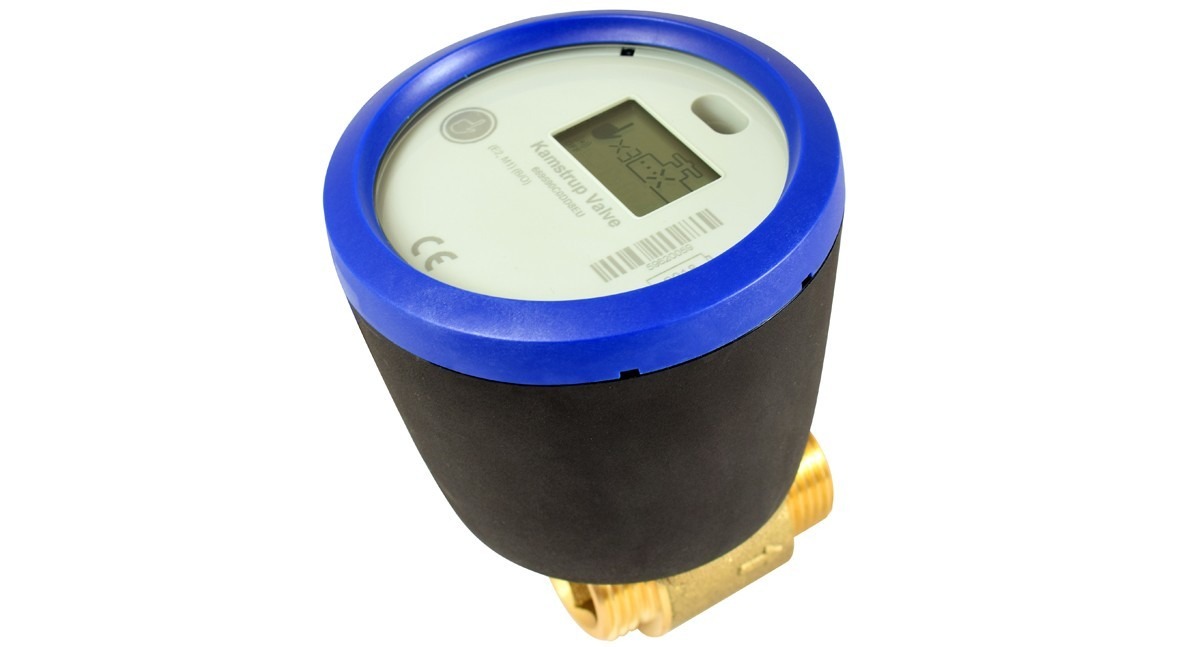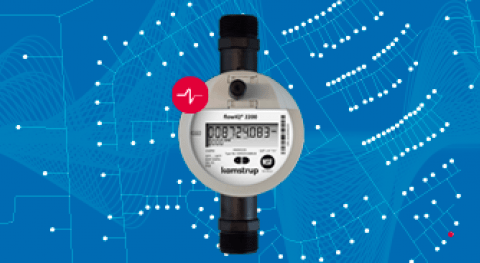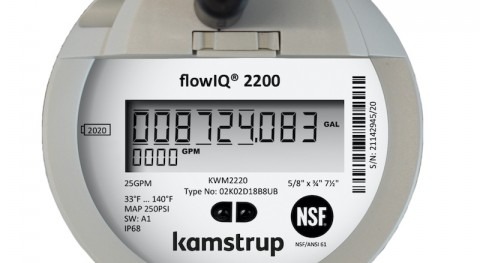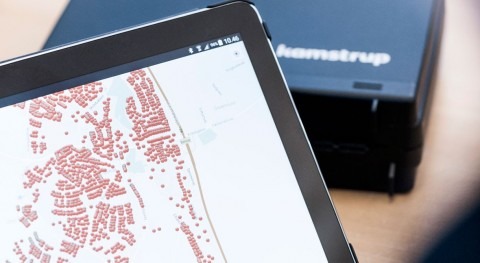With the Kamstrup Valve you can control the water supply to end-users households directly in a smart way. The valve has countless applications: it can be used with problem payers, when the water needs to be turned off for a certain period of time, or in situations where water availability needs to be controlled for other reasons. We talk at length about this product with Patricia Cortés Celada, Responsible for Water Solutions Business Development at Kamstrup Spain.
Question: ¿What is the Kamstrup Valve and what are its applications in the water sector?
Answer: The Kamstrup Valve is a ball shut-off valve, controlled remotely with a battery-operated motor. It uses smart technology to control the water supply to consumers and/or protect the revenue of the utility company.
It can be used to shut off the water supply to households with late payments, also when the water needs to be turned off for a certain period of time, or when the water supply needs to be controlled for other reasons.

Patricia Cortés Celada, Responsible for Water Solutions Business Development at Kamstrup Spain.
Q: Please tell us about its main features.
A: One of the main features is that you can control the valve remotely via the READy mobile app. Therefore, the staff from the utility company can manage the valve without having direct access to it: it is not necessary for the consumer to be home.
There could be cases when you only need to limit the water supply, for example, due to regulatory requirements. To do this, the valve can be partly open. This way you allow a certain flow to pass through. Alternatively, the water flow can be available at a defined time interval during the day, for example, 10 minutes per day. That is, the valve has several throttling options.
The valve is rated IP68, so it can be installed in a well filled with water. It is completely waterproof.
It communicates using a frequency of 868 MHz with the European standard communications protocol Wireless M-Bus (EN 13757-4).
The data package sent by the valve contains the following information:
- Valve status.
- Valve information codes.
- Surrounding temperature.
The valve also has an optical port where you can read the options/configuration of the valve and the logger with an optical reader.
The battery has a useful life of up to 10 years with ordinary usage (that is, using the valve once per month). When the battery needs replacement, a symbol will show up on the screen, indicating that the battery is running low, and an information code indicating it needs replacing will be sent to the user through a radio signal.
'The Kamstrup Valve uses smart technology to control the water supply to consumers and/or protect the revenue of the utility company'
Q: What problems related to water cycle management does it address?
A: If we recall the definition, the water cycle comprises the drinking water supply, and waste water collection and treatment. The cycle starts with water withdrawal and treatment to make it potable; water is then distributed to consumers, and finally waste water is collected and treated to return it to the river without harming the environment.
In this case, this shut-off valve is designed to help water supply companies address several problems, since it can be used to shut off the water supply to households with missing payments or in other circumstances where the amount of water supplied to the user needs to be reduced or shut off.
Because it is managed remotely, it is not necessary for the utility company's staff to go to the dwelling and wait for the user to be home in order to shut off the water supply; this way, the workers do not waste any time, and will not be subject to threats or assault.

Q: How does it differ from other products in the market?
A: It is the first shut-off valve designed for a water utility that can be managed remotely and uses a European communication standard for remote reading.
Q: What did the launch of this product mean for the water sector?
A: This product was manufactured to meet the demand from a specific market (Ghana, Africa). Now it is being broadly introduced and is being very well received; it is a product companies were waiting for. Thanks to it they will be able to address many long-standing problems.
Q: What are the business and development expectations for this type of product in the water sector?
A: The business expectations for this product are very high. For example, in Ghana and the entire African continent, where they face challenges with regards to water scarcity and non revenue water, we expect quick market growth in the next 3 to 5 years; we are watching closely the development in Africa.
'The Kamstrup Valve is the first shut-off valve designed for a water utility that can be managed remotely'
Q: Of all the projects where this product has been used, which ones would you highlight due to their impact on the water sector?
A: As I mentioned earlier, the project in Ghana is noteworthy. It is the first and largest project of this kind to ever be implemented in Ghana, and the expectations for this new measurement solution are also significant. Non revenue water represents about 50% of the water consumption. Therefore, and given the water scarcity issues in the country, they have demanded this product to protect their revenue.
Q: Finally, how has technology changed in the water sector? And what are the main challenges ahead?
A: In the water sector, technology has advanced by leaps and bounds, but in the case of water metering technology a lot remains to be done. In general, water supply companies continue to use mechanical meters, with all the disadvantages they have in comparison with solid state technology meters.
A mechanical meter, as its name suggests, has mechanical parts that wear out over time, so precision and accuracy decline over time, something that does not occur with solid state meters that remain intact from the first day of use until the end of their useful life.
Mechanical meters are affected by the installation position, magnetic fields, water hammers, etc.; solid state meters, on the contrary, are not affected by any of those factors.

In addition, solid state meters have built-in wireless communication (no wires, no modules attached), so the data obtained for billing are TOTALLY RELIABLE, with no reading errors and contributing real information codes on leaks, pipeline breaks, etc.
So in my view, one of the main challenges ahead for the water sector, which is under pressure to manage and operate its business cost-effectively, is looking for new ways to optimise the work, finding a balance between operational costs, asset management and conservation. At Kamstrup we believe that information and fully transparent management are key factors to address these challenges, and we want to share our vision and our knowledge.











